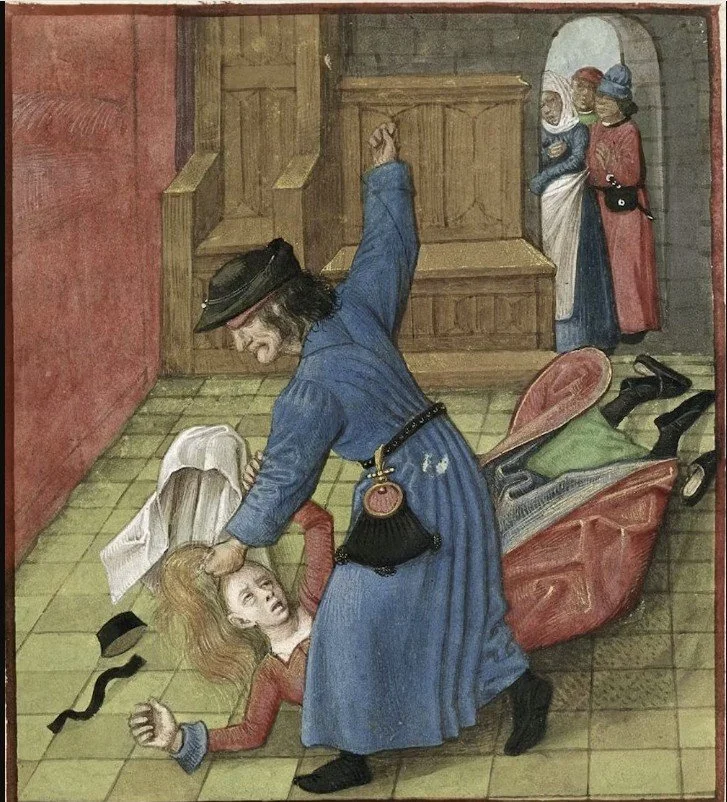WELCOME TO RACHEL’S BLOG
Scroll down to see the most recent posts, or use the search bar to find previous blogs, news, and other updates

Who Was the Worst Misogynistic Villain of the 12th Century?
Beneath the poetry of the romantic idyll of medieval Europe their lay a darker reality - institutionalised misogyny. Many women - queens, countesses, widows, even nuns - were treated as pawns, prisoners, or prey by the very men who should have honoured them.
In this series, ‘Medieval Misogyny’, we’ve met five men whose names deserve to be remembered not for their glory, but for their cruelty. Each used his power to diminish, exploit, or abuse women. Now it’s time to decide: who was the worst villain of them all?

Henry II of England – The Jailer of Queens
When Henry of Anjou (later Henry II, also known as Henry Plantagenet) married Eleanor of Aquitaine in 1152, they created a political alliance of breath taking scale. Henry was heir to the English throne; Eleanor, just divorced from King Louis VII of France, brought with her the duchy of Aquitaine, one of the wealthiest and most independent regions in Europe.
For a time, their marriage was a true partnership. Eleanor rode beside Henry on campaign, governed Aquitaine in his name, and bore him eight children. Together, they forged the Angevin Empire stretching from the Scottish borders to the Pyrenees.
But power and passion soured into mistrust. By the 1170s, the marriage had collapsed into open hostility.

Geoffrey de Mandeville – The Terror of Widows and Nuns
It was in the chaos of the Anarchy that one man carved out a reputation so dark that even in an age of violence, his name stood out: Geoffrey de Mandeville, Earl of Essex.
Geoffrey inherited immense lands and titles but he wanted even more, shifting loyalties between Stephen and Matilda whenever it suited him, extorting charters and privileges from both. When Stephen finally moved against him in 1143, Geoffrey unleashed a reign of terror across eastern England.
Chroniclers such as the Peterborough Chronicle and Orderic Vitalis described him as a robber baron, commanding brutal mercenaries who pillaged the countryside. Hardly chivalric, the man was a misogynist bully who preyed on the weak. For women, especially widows and nuns, he was the Devil’s own demon.

Philippe II (Augustus) of France Humiliated Queen Ingeborg
A Wedding Day Turned Nightmare
On 14 August 1193, the cathedral at Amiens was filled with splendour. Nobles crowded in, candles glowed, and choirs sang as King Philip II of France — called Augustus for his ambition — married Ingeborg of Denmark, a daughter of King Valdemar I.
It was a diplomatic triumph. The marriage would secure French ties to Denmark, giving Philip allies in the north and prestige across Christendom. Ingeborg, known for her piety and education, arrived prepared to be queen of France.
But before the day was out, her life turned into a nightmare.

Fulk V of Anjou: the King Who Beat His Queen
When Fulk arrived in Jerusalem, he wasted no time in asserting himself. Rather than rule alongside Queen Melisende as Baldwin had intended, he began sidelining her in every act of government. Charters that once bore her name alone now appeared only with Fulk’s. The Angevin knights who followed him filled the court, and Melisende’s supporters were dismissed.
Chroniclers tell us that Fulk acted as if Jerusalem were his by right, ignoring the fact that he was only there through his wife’s inheritance. To medieval men, this seemed natural. To Melisende’s followers, it was an outrage.

Matthew of Boulogne — The Count Who Kidnapped a Nun
In 1160, Matthew seized Marie from Romsey Abbey and forced her into marriage. Chroniclers condemned the act as a violation of holy vows. John of Salisbury, writing in the period, described the outrage with which churchmen viewed the marriage. It was a scandal even by the rough standards of the age.
Marie was wrenched from her abbey, stripped of her religious identity, and thrust into the role of countess against her will. For women in the Middle Ages, the cloister was often seen as protection from such forced unions — but not for Marie.

